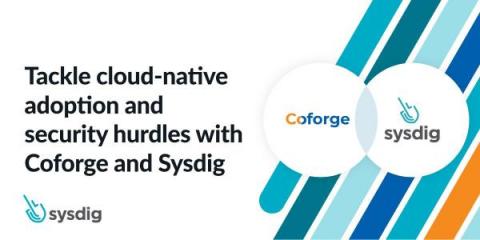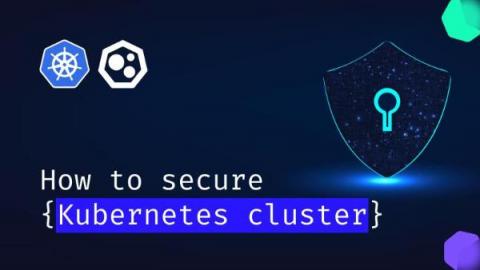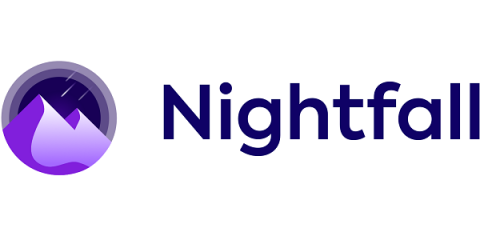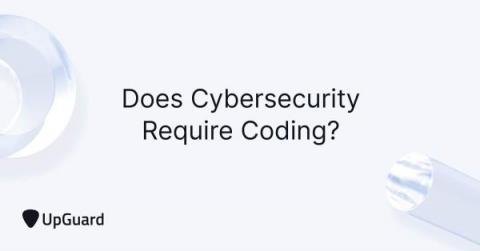Tackle cloud-native adoption and security hurdles with Coforge and Sysdig
The desire to take advantage of the modern cloud-native paradigm has forced many enterprises to rush to production with Kubernetes and containerized applications. Often, the incorrect expectation with cloud-native adoption is that Ops teams would be able to easily transition their existing security and operational practices, workflows and tooling to these new software development platforms and everything would still work as before.









